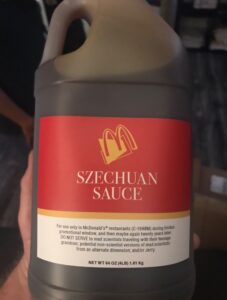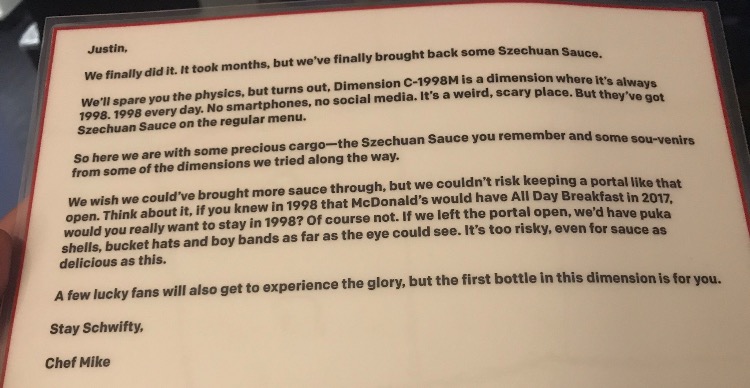These days it seems like there is a debate about something new EVERY DAY.
Some of the topics can be a little, well, trivial in the grand scheme of things, but nonetheless are discussed in fervor on social media.
Are women’s pockets inferior to men’s? Yes, yes they are.
Is St. Louis the microbrew capital of America? Well, no…but we are near the top!
Are hit songs starting to sound a little similar? Yeahhhh.
These kinds of topics can generate some pretty strong opinions that inevitably circulate through our culture. But typically, there’s a decided shortage of facts to backup our claims. That is, of course, what makes these debates more of a matter of opinion. But now, The Pudding is here to shift the conversation from online shouting to in-depth sleuthing.
The site The Pudding has taken these entertaining cultural debates and put an actual answer to them. They conduct their own research and collect original data. Then they showcase their findings in a creative and super digestible way.
They use the “emerging form of journalism” called visual essays to tell their findings. Every essay on the site has interactive graphics to highlight the research and data in a way that is accessible to everybody.
Browsing through, you’ll see that the available essay topics are relevant and intriguing too.
The Pudding has tapped into something our culture didn’t even know we needed. Someone to help us FINALLY settle those debates you and your friends have over drinks on a Friday night.
How’s this relate to advertising? What The Pudding does and what those of us in the marketing world do are in essence one in the same: effectively communicate the truth about a particular topic. Getting to the bottom of what truly makes a brand or product unique and telling that truth in an engaging way is the key to good marketing and advertising. Imagine the latest debate is whether or not to purchase your brand or product. Is a shouting match of “buy” vs. “don’t buy” on social media going to be effective? Probably not. But how about a well-researched campaign that connects the essential truths about your brand to the people who will most likely value those truths? Now you’re talking. That’s what Making It Mean Something is all about, and it’s what we do every day here at G/L.
Great creative work is backed and inspired by great research. When you’re ready to discover the essential truths of your brand and make those truths mean something to your audiences, give us a call.



